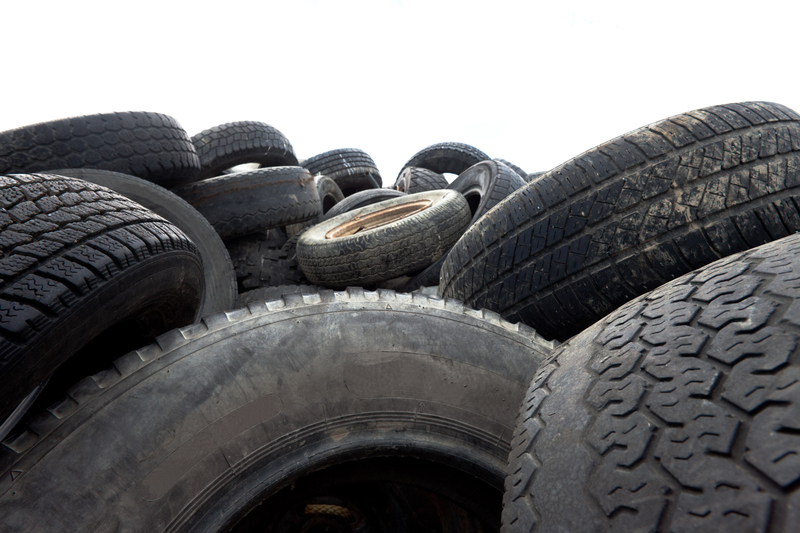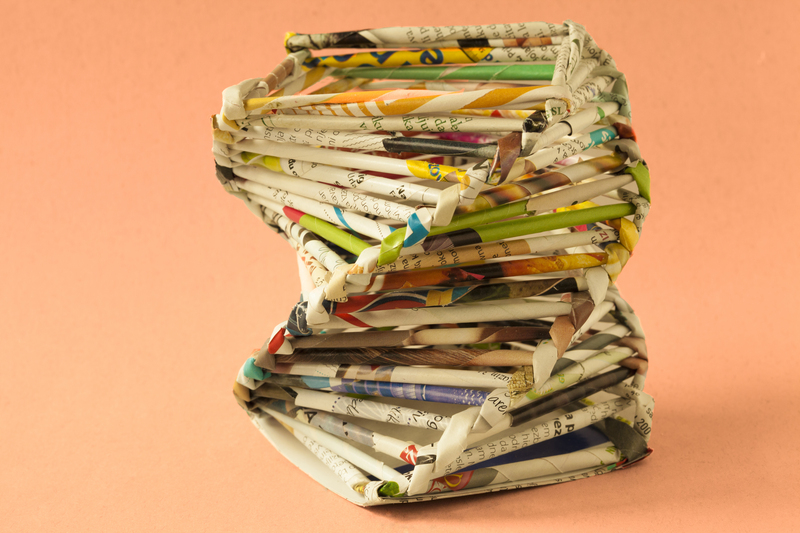Change Your Life by Tackling Clutter Removal and Hoarder Clean Up
Introduction: The Transformation Power of Clutter Removal
Have you ever walked into a room in your home and felt instantly overwhelmed by the amount of clutter? If yes, you're not alone. In today's fast-paced world, clutter tends to accumulate quickly, and for some, it can escalate into hoarding. Clutter removal and hoarder clean up are more than just organizational tasks; they are fundamental steps toward personal transformation and improved mental well-being. In this comprehensive guide, we will discuss the impact of clutter, benefits of decluttering, and effective strategies for tackling both clutter and hoarding cleanup.

Understanding Clutter: More Than Just a Mess
Clutter is not merely a visual nuisance; it can significantly impact our emotional, mental, and even physical health. Clutter consists of items that are disorganized and scattered, but when it accumulates over time, it transforms spaces into chaotic environments. For individuals with hoarding disorder, the excessive collection of items and the inability to discard them can interfere with daily life and pose severe health risks.
Common Types of Clutter
- Paper clutter: Old bills, magazines, letters, and documents
- Clothing clutter: Out-of-season or unworn garments
- Household items: Appliances, furniture, unused kitchen gadgets
- Sentimental items: Gifts, collectibles, photo albums
- Digital clutter: Unorganized files, emails, photos
Why Clutter Removal Matters
Decluttering isn't just about aesthetics; it brings numerous tangible and psychological benefits that can truly change your life. From improving mental clarity to reducing stress levels, here's why you should prioritize clutter removal and hoarder clean up:
- Decreased Stress and Anxiety: Clean, organized spaces foster calmness and relaxation.
- Enhanced Productivity: Reduced distractions lead to improved focus and creativity.
- Improved Physical Health: Fewer trip hazards, less dust, and cleaner air quality.
- Better Social Relationships: A welcoming home allows for more social engagement.
- Financial Savings: Avoiding duplicate purchases, reducing waste, and selling unneeded items.
Clutter and Mental Health
Studies consistently show that excessive clutter is closely linked with elevated levels of stress, anxiety, and even depression. Living in a cluttered environment can cause constant distractions, feelings of guilt, and embarrassment, especially when inviting others into your home. Over time, this can negatively influence your overall quality of life.
What Is Hoarding and How Is It Different?
While many people struggle with clutter, hoarding is a clinically recognized disorder. Characterized by the persistent difficulty in discarding possessions, hoarding can create dangerous living conditions. Hoarder clean up often requires a specialized approach, understanding, and sensitivity.
Common Signs of Hoarding Disorder
- Persistent difficulty discarding or parting with possessions
- Severe anxiety when attempting to discard items
- Spaces become unusable for their intended purpose (e.g., kitchens full of boxes, bathrooms inaccessible)
- Items may include newspapers, clothing, containers, food, or trash
- Frequent social isolation or avoidance of guests
Step-by-Step Guide to Clutter Removal
1. Set Clear Goals
Begin your clutter removal journey by setting specific, achievable goals. Do you want to organize your closet, declutter your garage, or restore your entire home? Write down your objectives and the benefits you expect to gain from a clean, clutter-free environment.
2. Plan and Prepare
- Gather cleaning supplies, trash bags, and sorting bins
- Create a timeline with set milestones
- Enlist help from family or friends if needed
3. The Sorting Process
Tackle one area at a time and divide items into four main categories:
- Keep
- Donate
- Recycle
- Trash
As you sort, ask yourself if each item is useful, brings joy, or holds true sentimental value. Be honest with your answers.
4. Organize and Store
Return the "keep" items to their designated places using storage solutions such as shelves, bins, or boxes. Label containers and ensure commonly used items are easily accessible. Emphasize orderliness and functionality.
5. Dispose or Donate
- Recycle appropriate items responsibly
- Donate gently-used belongings to local charities
- Arrange for professional junk removal if necessary
6. Maintain Clutter-Free Spaces
Decluttering is an ongoing process. Develop habits such as:
- Implementing a "one in, one out" rule for new purchases
- Setting aside time each week for tidying
- Regularly re-evaluating what you own
Effective Strategies for Hoarder Clean Up
Hoarder clean up is usually more complex than standard decluttering. Patience, compassion, and sometimes professional intervention are required to ensure safety and emotional support.
1. Approach with Compassion
Understand that hoarding is a psychological condition. Avoid being judgmental or forceful. Open up conversations with empathy and emphasize care, safety, and the positive outcomes of hoarder clean up.
2. Seek Professional Help
If hoarding is severe, it's recommended to work with:
- Mental health professionals specializing in hoarding disorder
- Professional organizers with experience in hoarder environments
- Specialized cleaning services for hazardous conditions
3. Create a Detailed Clean Up Plan
- Assess the home for safety hazards (mold, pests, blocked exits)
- Prioritize clearing pathways and essential living spaces first
- Establish realistic timelines and tackle rooms in a logical order
4. Involve the Individual
Whenever possible, include the person affected in the process. This helps build trust, prevents retraumatization, and empowers long-term change.
5. Celebrate Milestones
Acknowledge each accomplishment, no matter how small. Signs of progress can inspire continued effort and foster a sense of achievement.
Overcoming Emotional Barriers to Clutter Removal
Many people struggle with emotional attachment to possessions. Items may evoke memories, provide comfort, or represent a sense of security. However, holding on to too much can hinder personal growth. Consider the following tips:
- Practice mindfulness--reflect on why you're keeping certain items
- Take photos of sentimental belongings before discarding them
- Remind yourself of the freedom and peace a clutter-free life brings
- Seek support from loved ones or professionals
- Start small to build confidence and momentum
Benefits of Professional Clutter Removal and Hoarder Clean Up Services
For challenging situations or large-scale projects, hiring professionals can provide significant advantages:
- Efficient and swift decluttering
- Expertise in handling sensitive or hazardous materials
- Support with sorting, disposing, and donating items
- Emotional support and respectful treatment of clients
What to Expect from a Professional Clean-Up
A reputable clutter removal or hoarder clean up service will:
- Conduct an initial assessment and provide a clear action plan
- Ensure privacy and discretion throughout the process
- Follow safety protocols to mitigate health risks
Maintaining Your Clutter-Free Life
Once you have achieved a clutter-free and organized space, consistency is key. Integrate the following habits into your routine to avoid reverting to previous patterns:
- Regularly schedule decluttering sessions--monthly or quarterly
- Be mindful with purchases; ask whether new items are necessary
- Quickly address areas where clutter tends to accumulate
- Get the whole household involved for shared accountability

Frequently Asked Questions about Clutter Removal and Hoarder Clean Up
Q: How long does clutter removal usually take?
The time required can vary greatly depending on the size of the space, the volume of clutter, and the individual's decision-making pace. Small projects may take a few hours, while whole-home decluttering or hoarder clean up may require several days or longer.
Q: Is there a difference between organizing and decluttering?
Yes, decluttering involves removing unnecessary or unwanted items, while organizing is about arranging what remains in a functional manner. Both are crucial for an effective clutter removal process.
Q: Can clutter removal help productivity at work or in my home office?
Absolutely! A clutter-free workspace reduces distractions, increases efficiency, and boosts creativity. Try setting up organized zones for different types of tasks and commit to a quick daily reset to maintain order.
Conclusion: Take the First Step Toward a Transformed Life
Embracing clutter removal and hoarder clean up is a profound act of self-care and empowerment. By addressing excess and disorder in your home or workspace, you set the stage for increased well-being, productivity, and happiness. Don't let fear, guilt, or overwhelm hold you back. Start small, seek support when needed, and celebrate every victory along the way.
With each bag you remove and each organized shelf you create, you move closer to a refreshed, harmonious, and fulfilling life. Change your life today by tackling clutter and embracing the freedom that comes with a fresh start!